At the request of the U.S. Food and Drug Administration, the U.S. Department of Justice today filed a complaint for permanent injunction against a Jamaica, N.Y.-based beverage company to prevent it from processing and distributing juice and other products.
Hank J. Hagen and Milton S. Reid and their company, Mystical One LLC (also known as Mystical One Juice LLC), are charged with violating the Federal Food, Drug, and 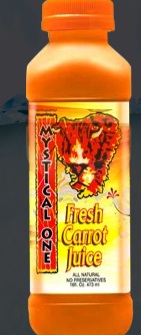 Cosmetic Act by failing to have a Hazard Analysis and Critical Control Point (HACCP) plan for certain juice products, such as the company’s carrot juice products, and by failing to comply with current Good Manufacturing Practice (cGMP).
Cosmetic Act by failing to have a Hazard Analysis and Critical Control Point (HACCP) plan for certain juice products, such as the company’s carrot juice products, and by failing to comply with current Good Manufacturing Practice (cGMP).
The FDA requires all juice processors to prepare and implement HACCP plans that identify and control food hazards associated with their juices, and it requires all food manufacturers to follow cGMP. The FDA is not aware of illnesses associated with Mystical One’s juice products.
Among the violations observed by FDA investigators were failures to:?
• adequately heat low-acid vegetable juices to destroy or prevent growth of dangerous microorganisms;?
• properly clean food-contact surfaces; and?,
• maintain and monitor sanitation conditions at the manufacturing facility to prevent sources of possible food and water contamination.
Failure to identify and control food hazards could lead to the formation of Clostridium botulinum bacteria that can germinate in the carrot juice made by the company. The neurotoxin formed by these bacteria, when ingested in even very small amounts, could cause paralysis, difficulty breathing and death from asphyxiation. In 2006, six cases of botulism in the United States and Canada were linked to refrigerated carrot juice.
The complaint also charges Mystical One, Hagen and Reid with failing to conform to cGMP requirements for making, packing, or holding human food.
Beverage products produced under conditions that do not comply with HACCP or GMP requirements are considered adulterated under the Act.
Violations cited by the FDA involved the following brands:
• Fresh Carrot Juice,
• Magnum Food Drink,
• Pineapple Ginger Drink,
• Sorrel & Ginger,
• Sea Moss, and,
• Peanut Punch.

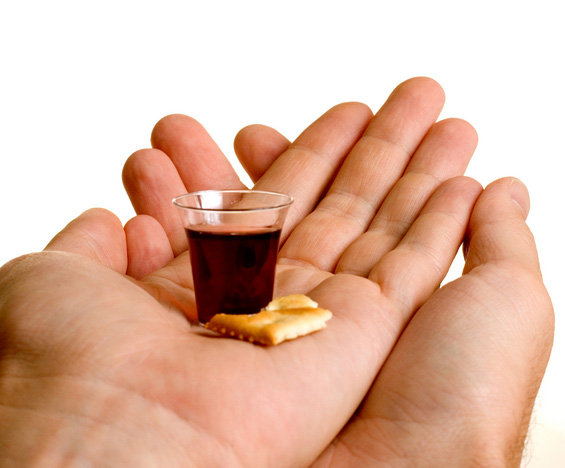 to hepatitis A while receiving communion on Christmas Day.
to hepatitis A while receiving communion on Christmas Day.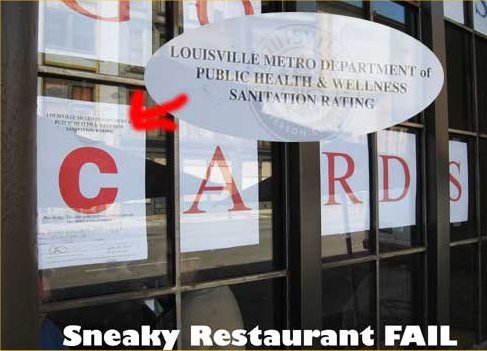 understand the rules or, seemingly, trying to game the system.
understand the rules or, seemingly, trying to game the system.  documents, an adapter cord to hook my Mac computer up to a projector, computer, and an array of cords.
documents, an adapter cord to hook my Mac computer up to a projector, computer, and an array of cords. Police arrived, and an officer informed the driver he could make no demand for $120.
Police arrived, and an officer informed the driver he could make no demand for $120..jpg) the Health Department after scoring 115 violation points, almost 100 points past the C grade.
the Health Department after scoring 115 violation points, almost 100 points past the C grade.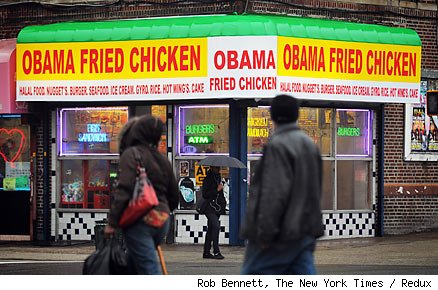 11) Food contact surface not properly washed, rinsed and sanitized after each use and following any activity when contamination may have occurred.
11) Food contact surface not properly washed, rinsed and sanitized after each use and following any activity when contamination may have occurred.(1).jpg) New York,
New York,  the next week or two and tells us, “As aggressive as the inspection was, I don’t want to make any comment until they come back and reinspect us, and then I’ll probably have a great deal of comment.”
the next week or two and tells us, “As aggressive as the inspection was, I don’t want to make any comment until they come back and reinspect us, and then I’ll probably have a great deal of comment.”  cooking oil, peppers, and salt. Korkuc told authorities that his pet feline was "possessive, greedy, and wasteful" and that he intended to cook and eat it. Korkuc has been charged with animal cruelty. …
cooking oil, peppers, and salt. Korkuc told authorities that his pet feline was "possessive, greedy, and wasteful" and that he intended to cook and eat it. Korkuc has been charged with animal cruelty. … DNAinfo reports
DNAinfo reports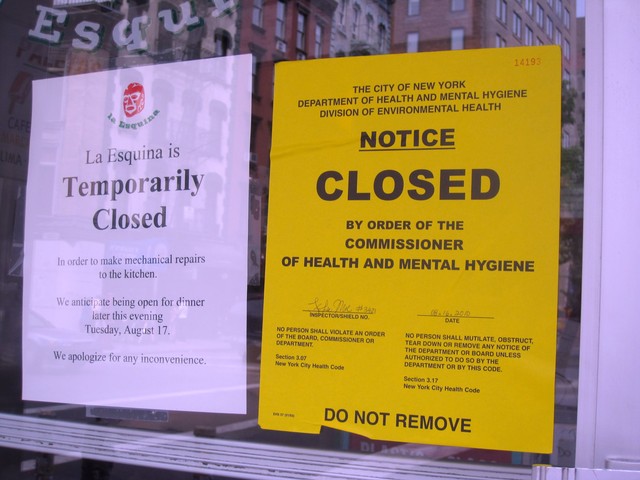 But “combustible ceilings and inadequate egress” in those same area’s provoked the Department of Building’s spring shutdown.
But “combustible ceilings and inadequate egress” in those same area’s provoked the Department of Building’s spring shutdown..png) Westfair Online
Westfair Online.jpg) Drug Administration removed scoring from the model food code citing problems with the system.”
Drug Administration removed scoring from the model food code citing problems with the system.”.jpg) motivator among restaurant managers.
motivator among restaurant managers.